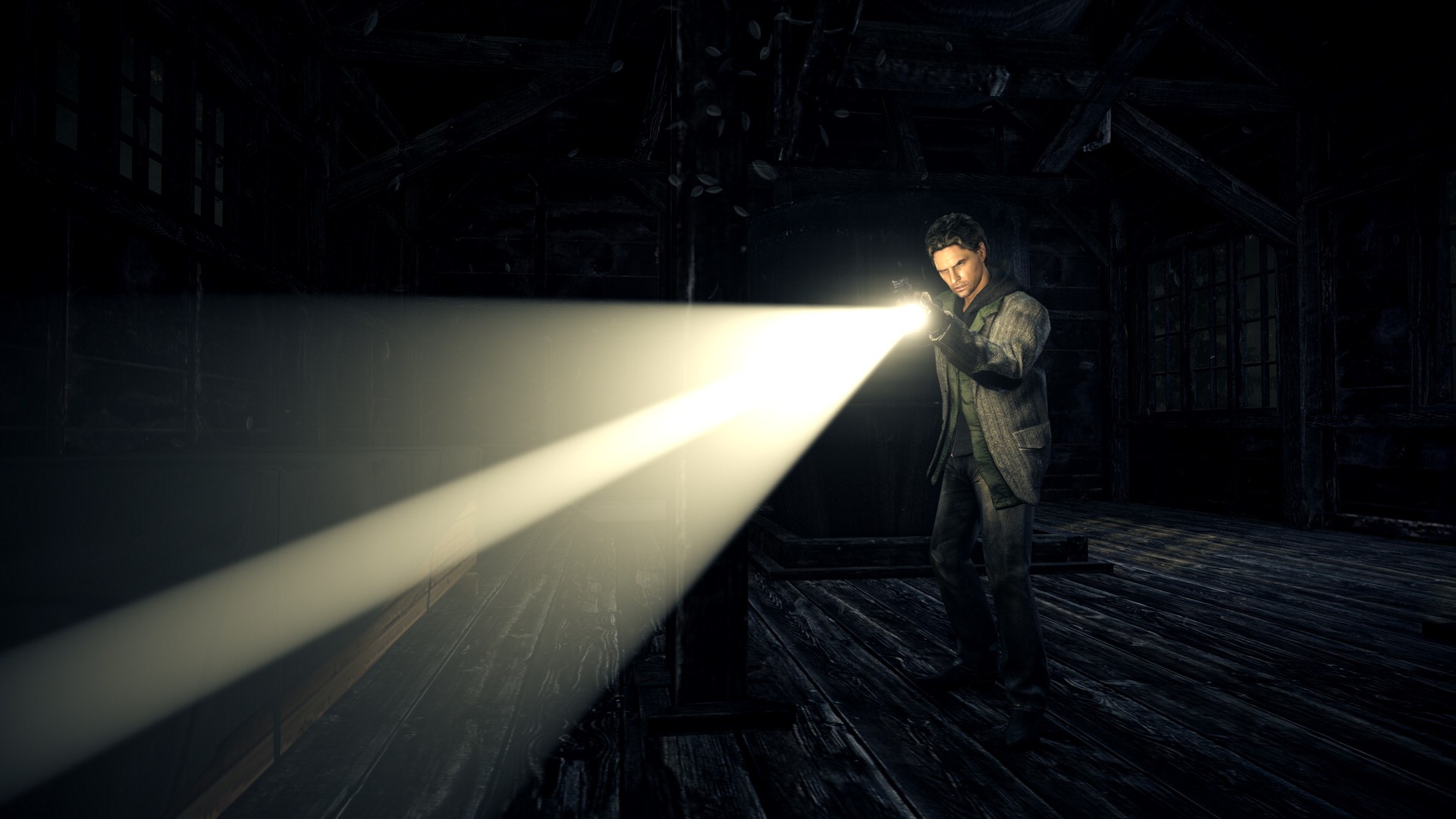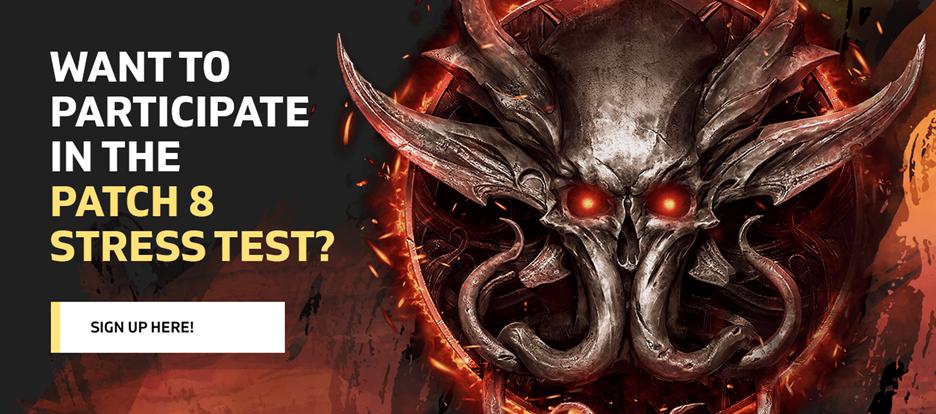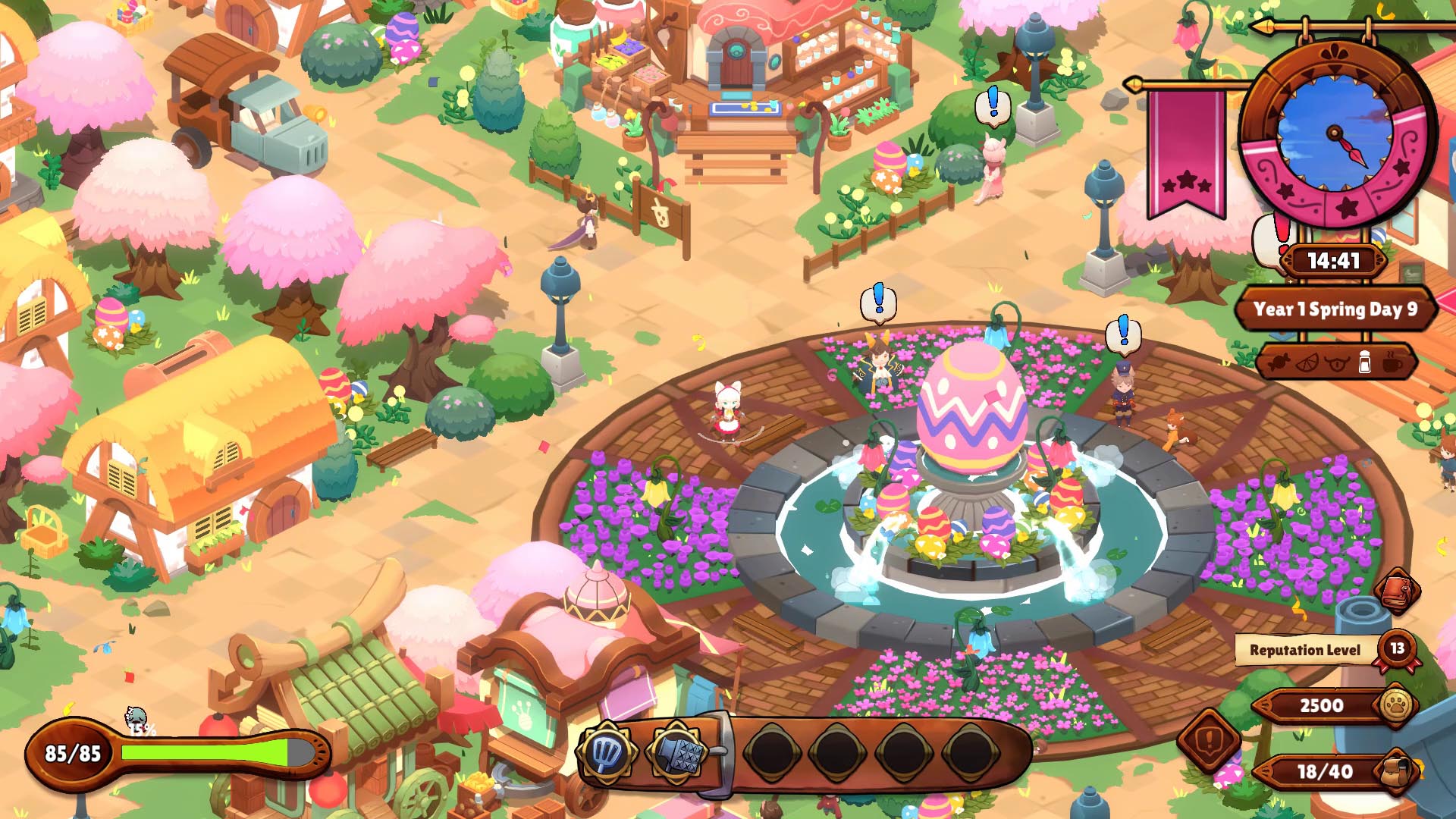Palworld unfolds like a fever dream of so many games I’ve played and loved.
I burst into its sprawling world riding on the back of a mythical deer, capturing cartoony creatures, as if it’s a Pokémon game. These fights with the creatures feel frantic at points; the combat itself plays like a first-person shooter where I shoot monsters and evade their attacks by rolling around like I would in a Soulslike game. After catching creatures like, say, a giant dinosaur that looks like a rubber toy, I realize my character needs to eat, just as I would in Minecraft. Lucky for me, the food I scavenged up and cooked at my base hasn’t expired yet. I scarf it down and I’m good to go, so I jog over a stretch of a wooded forest to arrive at a new waypoint of the sprawling natural world — just like I would in The Legend of Zelda: Breath of the Wild.
For some people, Palworld might be a little too much, and too overwhelming since it brings together elements from so many different games and genres. The fact that the game even functions on a basic level feels like something of a marvel — a sentiment that’s shared by the CEO of Pocketpair, the Japanese indie studio that created Palworld, who described the making of Palworld as a “miracle.” But as a person whose gaming taste has been largely shaped by series like Pokémon, Fortnite, The Legend of Zelda, and Minecraft, the awkward hodgepodge of Palworld feels like it’s tailor-made for me.
Palworld starts with a tutorial that functions like an extended to-do list guiding players up to the first boss fight. Slowly but surely I have worked my way up from picking objects up off the ground to crafting items and harvesting materials, then automating several resource collection processes by continually upgrading my bases and putting my Pokémon-like Pal creatures to work. As I play, I popcorn between managing my base and catching Pals while I explore the game’s overworld.
:no_upscale()/cdn.vox-cdn.com/uploads/chorus_asset/file/25264275/Palworld_Paldeck_03.png)
Although forcing my Pals to work forms an unavoidable part of the game, the way I catch and play alongside the Pals in the game doesn’t feel all that dark or transgressive — at least, not in the way the game’s ads insinuated. Sure, I can fire the adorable penguin-like Pal, Pengullet, from a rocket launcher and it will explode like a bomb, but the game’s cartoony nature tends to skew more toward absurdity than brutality. Palworld isn’t graphic and it doesn’t seem to encourage the mistreatment of Pals all that much, since I need them to work. If anything, I found the way that its systems explicitly highlight the inherently exploitative relationship between the creatures and the player-character to be refreshing, even if the game’s writing doesn’t offer any particular commentary on that relationship.
I released a Relaxaurus, the big dumb rubber dino I caught earlier, onto my base for the first time and just hollered when I saw it completely dwarf all the Pals and blankly stare at them with a look that screamed, “I have exactly two brain cells and I am using both of them to water your damn berries.” Then there’s Depresso, a sullen cat who requires constant chemical motivation, provided by pressing F to give it a “caffeine inoculation.” It’s such a good bit that I just ended up keeping one in my party for the entirety of the game, despite its relative lack of usefulness. Little flourishes — like the hug animation that has my character put their entire head into the wide-mouthed grin of a slime monster — have further endeared the game’s many adorable creatures to me.
:no_upscale()/cdn.vox-cdn.com/uploads/chorus_asset/file/25267947/Pal___2_5_2024_10_18_30_AM.png)
These Pals play a central role in progressing the game as well. Palworld rewards players with additional experience points for catching the first 10 specimens of any given species of Pal, which incentivized me to snap up as many Pals as possible. For context, crafting items might give you only six or so experience points, whereas taking a few moments to go catch a weak level 4 Lamball could award upward of 500 experience points. Leveling up my character is a massively important aspect of the game since it lets me upgrade stats like stamina, attack, or health, and unlock the schematics to create vital technology for my base and crafting recipes. For example, you need to be level 26 to unlock a generator, which is a requirement to level up the base.
Because I need to catch loads of Pals to level up my character, progression feels largely locked to the amount of Pals I can catch, which in turn is tied to the number and variety of Pal spheres I can make to catch them. In this way, Palworld’s progression system has a domino effect whereby I need certain kinds of ore to create Pal spheres, which in turn requires me to set up mines on my base or level up so I can build a second base to mine a specific ore, which then requires specific technology to keep Pals happy and working. Once I craft the right spheres, I can then go and explore the region and catch as many Pals as possible.
:no_upscale()/cdn.vox-cdn.com/uploads/chorus_asset/file/25267956/vlcsnap_2024_02_05_10h26m31s447.png)
The result is that progression in Palworld isn’t all that flexible. At times, I wanted to focus on just exploring or only catching Pals, but those actions wouldn’t level up my character or provide me with the resources I needed. So, to continue my progress, I really had to focus on making spheres and then upgrades that supported my player-character in exploring regions with new Pals, so I could in turn get more experience points. While it could feel limiting if someone wanted to hone in on a specific element of the game, this progression system also gives a potentially unwieldy game an overall sense of structure, even as it includes so many varying forms of gameplay.
In its early days post-launch, many players dinged Palworld for its perceived lack of originality. The game clearly pulls influences from several games that I listed in the introduction. But Palworld doesn’t just “steal” game concepts in a way that comes across as a pure copy-and-paste. Instead, it’s more like the developers have taken aspects from so many of these games I’ve grown up with, and they’ve placed them into a revolving door of varied gameplay that results in a coherent loop.
Better yet, the elements of Palworld that are clearly inspired by other games have allowed me to approach the game’s multiplayer with a shared vernacular. While playing in co-op with my brother, before we learned the actual names of the Pals, we would sometimes call each one by the name of its Pokémon lookalike. One time, I actually started hollering as my brother desperately shrieked at me to “res” him because a Pal had knocked him out, as if we were running around in a Fortnite match.
This game is trying to do a lot, and it has several rough edges because of it. Don’t expect the polish and thoroughness in design that would be present in a big-budget AAA game. It doesn’t have the fanciest soundtrack, and while the overworld map is genuinely massive — I can explore volcanic and snow biomes and everything in between — its environments don’t exactly feel imbued with a sense of wonder or mystery. The game is still in early access and it has a lot of bugs. The Pals can easily get stuck while walking around a base, and sometimes my character will get locked in certain animations or bug out if I try to, say, jump while climbing.
In the course of my time playing Palworld, I did not experience a perfectly balanced and smooth ramp from start to finish. The transition from making regular old Pal spheres to making the Mega and Giga spheres felt a bit rough and grindy. At a certain point, the standard Pal spheres become utterly useless because the catch rates are so low, and creating the next tier of Pal spheres took some finagling; I needed to figure out a solid camp location and catch the right Pals to set up the infrastructure to mine adequate amounts of ore to make ingots for the spheres.
:no_upscale()/cdn.vox-cdn.com/uploads/chorus_asset/file/25264279/20230608_Palworld_Screenshot_03__1_.png)
Still, I enjoyed my time with Palworld. It had just enough structure and variation between working at my base, exploring, and catching Pals, throughout which I relished the fact that it all worked. It’s a game that’s pushed me to rethink what kinds of games and genres can and do fit together. At times, the game buckled under its massive scope; certain systems glitch or play like works in progress. Still, this Frankenstein’s monster of a video game contains a survival adventure that’s both tough and surprisingly joyful. It’s only in early access, but I can’t wait to see what’s in store for the future of Palworld.







